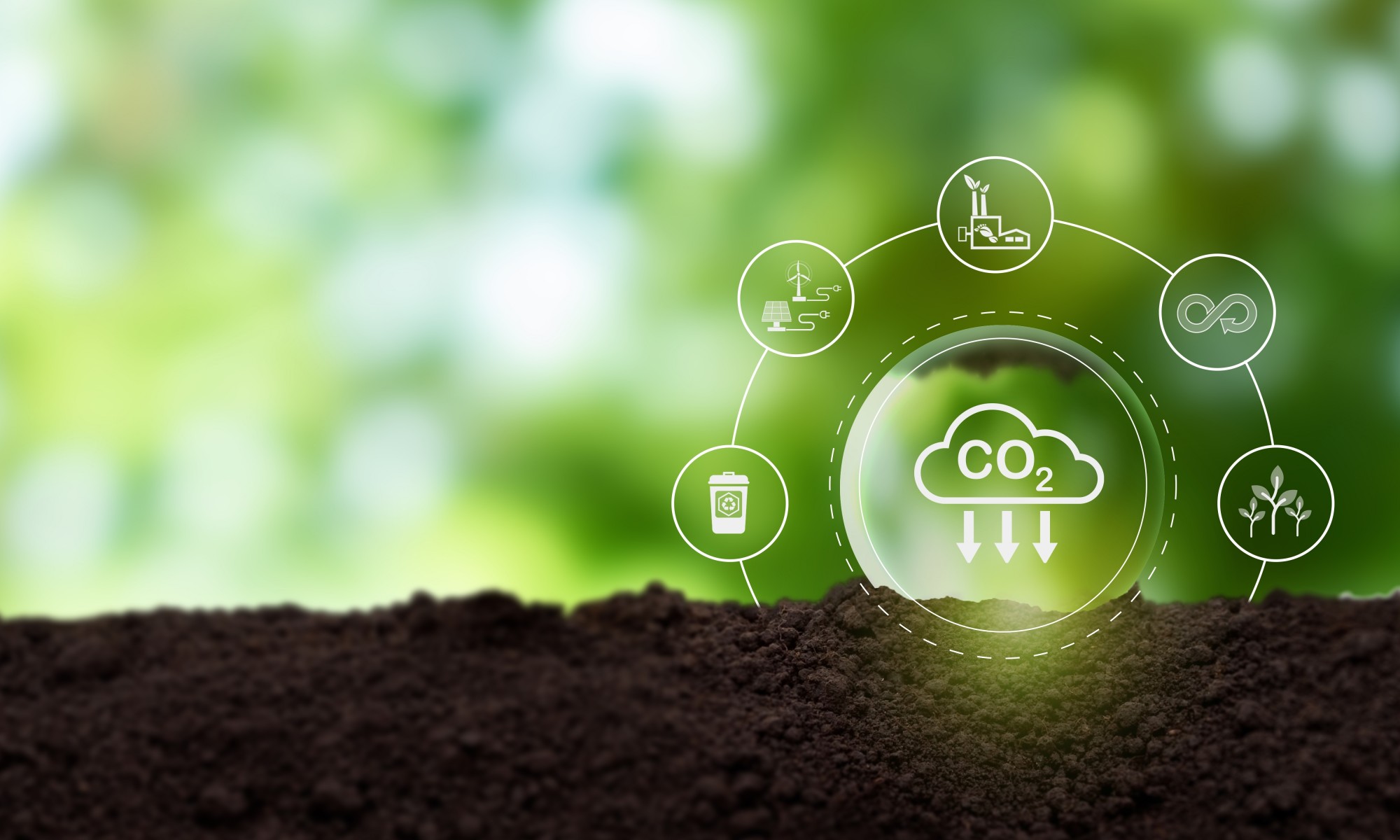Commercial, GHG Emissions - October 24, 2024
Microsoft Signs for Ocean Carbon Removal
Software company Microsoft signed an agreement to remove up to 350,000 tons of CO2 over the next 10 years.
The company will partner with Ebb Carbon to use the company’s Electrochemical Ocean Alkalinity Enhancement (OAE), a method that increases the ocean’s natural ability to draw down and permanently store atmospheric CO2.
The agreement calls for Ebb Carbon to deliver an initial 1,333 tons of removal with options to purchase an additional 350,000 tons potentially available over the next decade,
To measure, report and verify CO2 removed with its technology, Ebb will utilize Isometric’s recently-announced OAE protocol — the first such protocol published by a carbon registry for this removal pathway. Isometric’s protocol will ensure that Ebb Carbon’s credit deliveries to Microsoft meet standards of scientific rigor and transparency.
“The ocean is a critical part of the carbon cycle,” said Brian Marrs, senior director of energy and carbon removal at Microsoft, in a statement. “Ebb has developed technology to leverage the natural attributes of the ocean – its massive surface area and natural ocean processes that already pull CO2 from the atmosphere – to durably remove and store large volumes of atmospheric carbon. We are pleased to collaborate with Ebb to both accelerate the scientific foundation for ocean-based carbon dioxide removal and explore the potential of ocean-based carbon removal solutions at scale.”
OAE leverages a natural process that occurs over geologic timescales as alkalinity is produced through the slow weathering of rocks. These alkaline minerals flow into the ocean where they convert CO2 in seawater into bicarbonate and carbonate ions that securely store carbon for over 10,000 years. The resulting CO2 deficit is quickly rebalanced as surface waters in the ocean draw down additional CO2 from the atmosphere.
Ebb Carbon’s electrochemical OAE process uses bipolar electrodialysis (BPED) technology to separate seawater into acidic and alkaline streams. The alkaline stream is then returned to the ocean where it mimics natural alkalization, converting CO2 in seawater into bicarbonate ions and enabling the ocean to absorb additional CO2 from the atmosphere.
This process not only removes atmospheric carbon but also helps counter rising ocean acidification, a damaging effect of climate change that threatens marine life and coastal ecosystems.
Read These Related Articles:
Stay Up-To-Date












